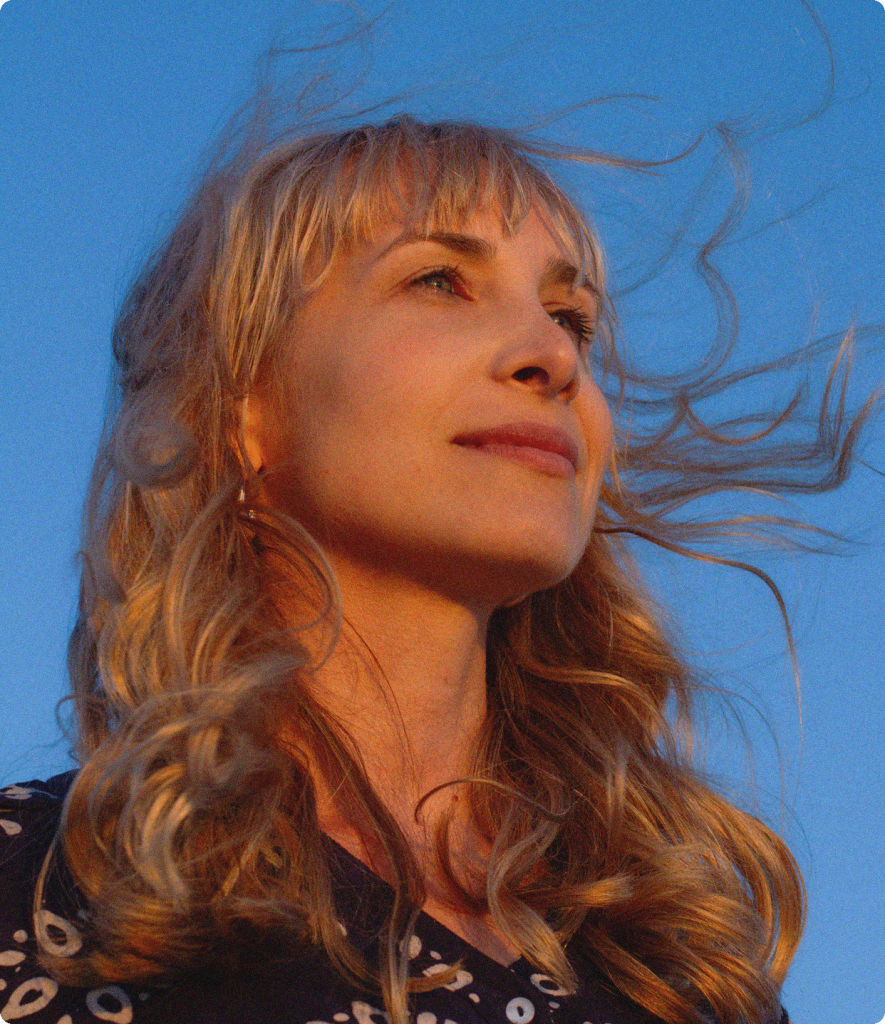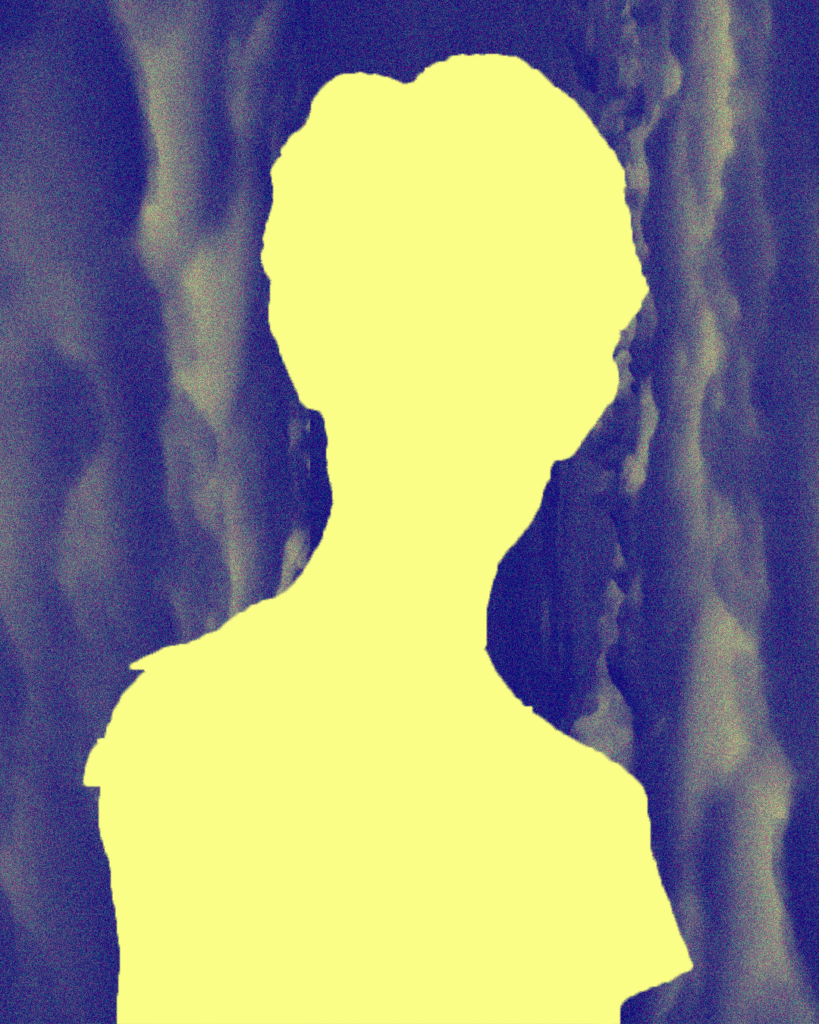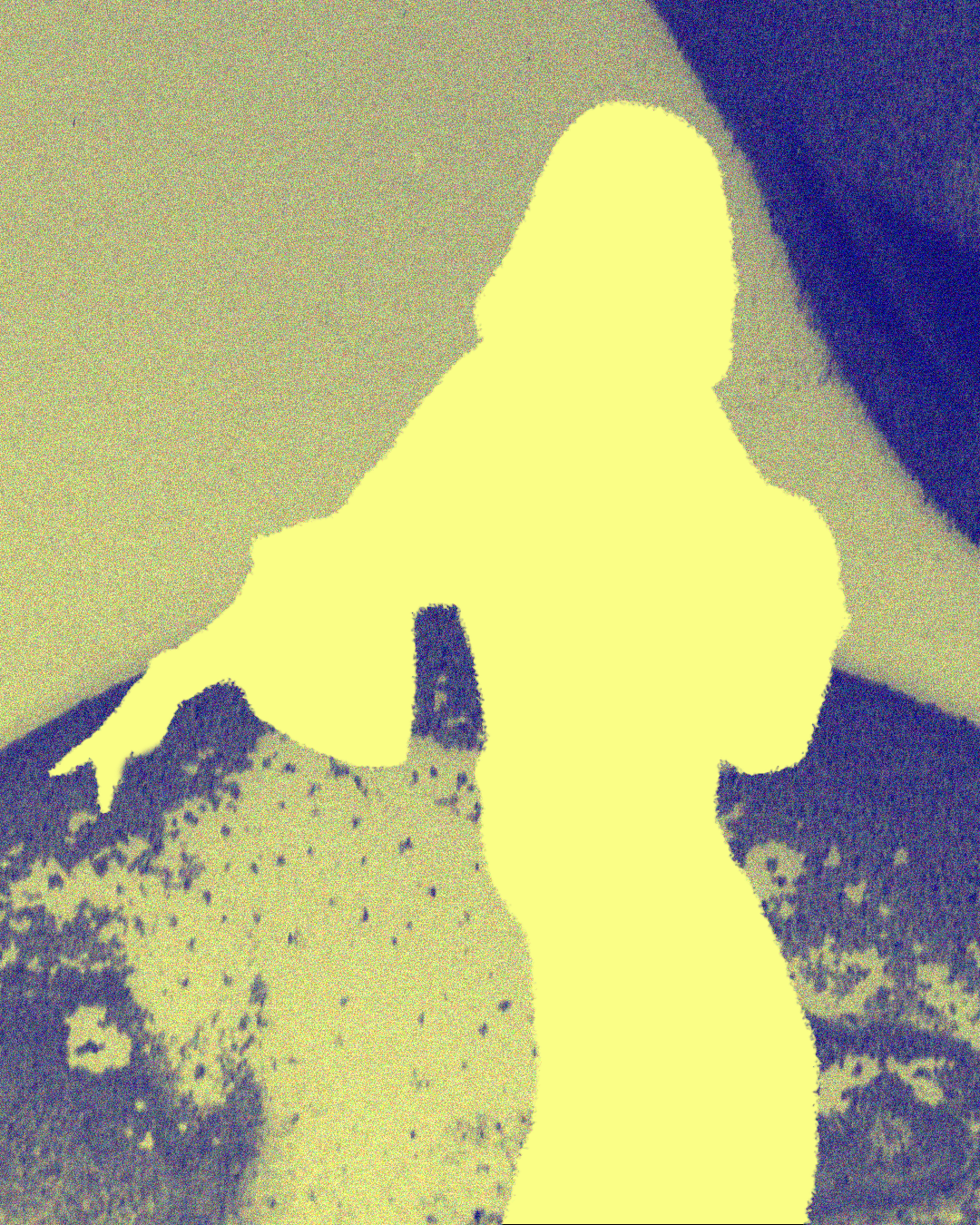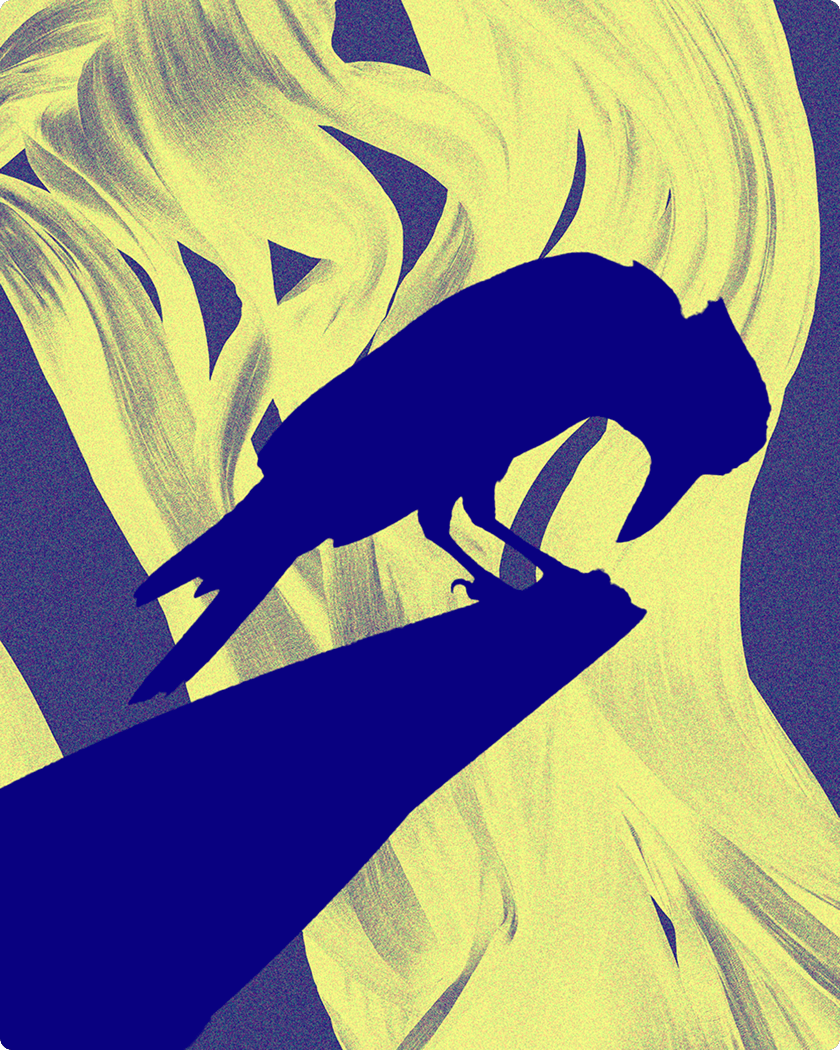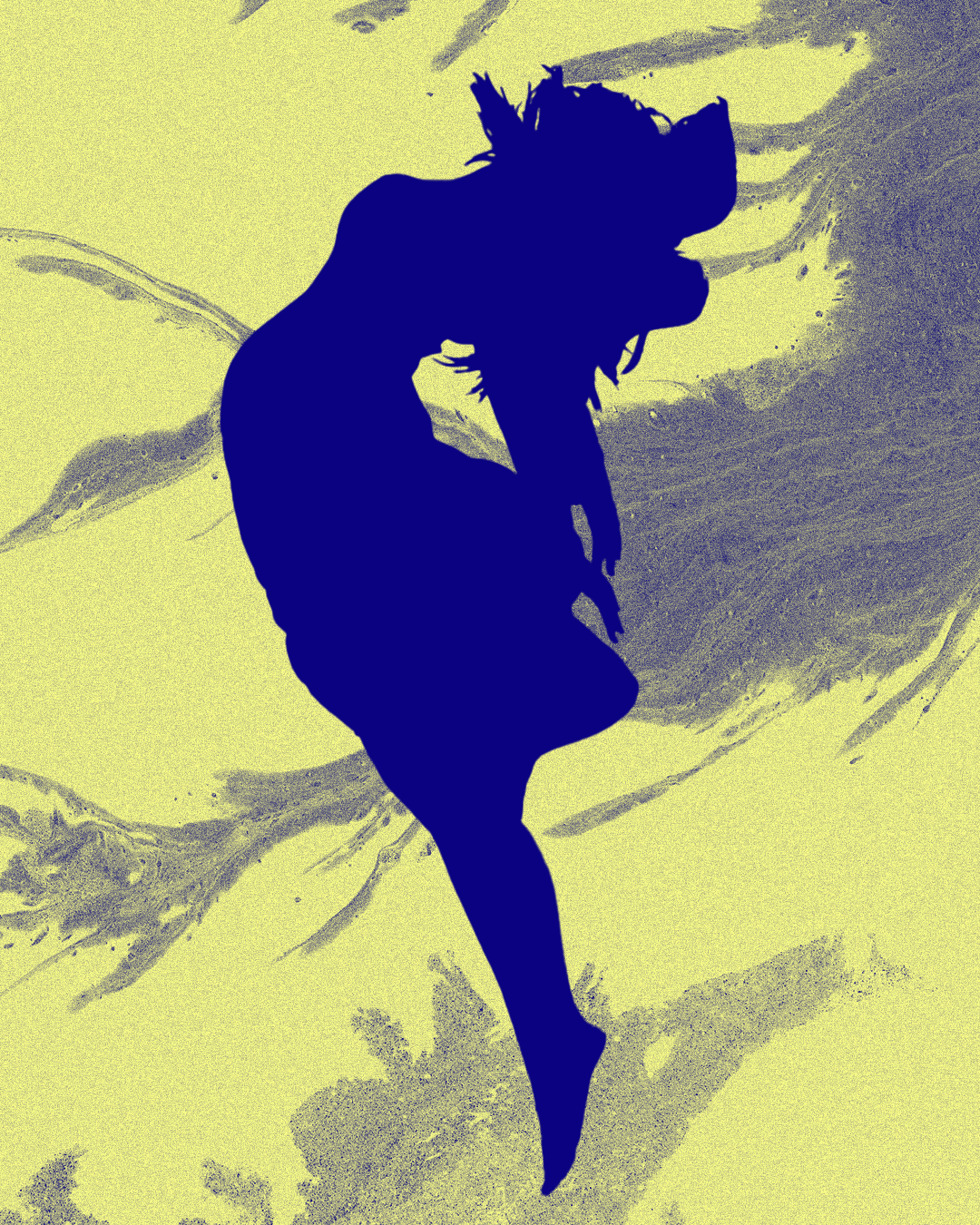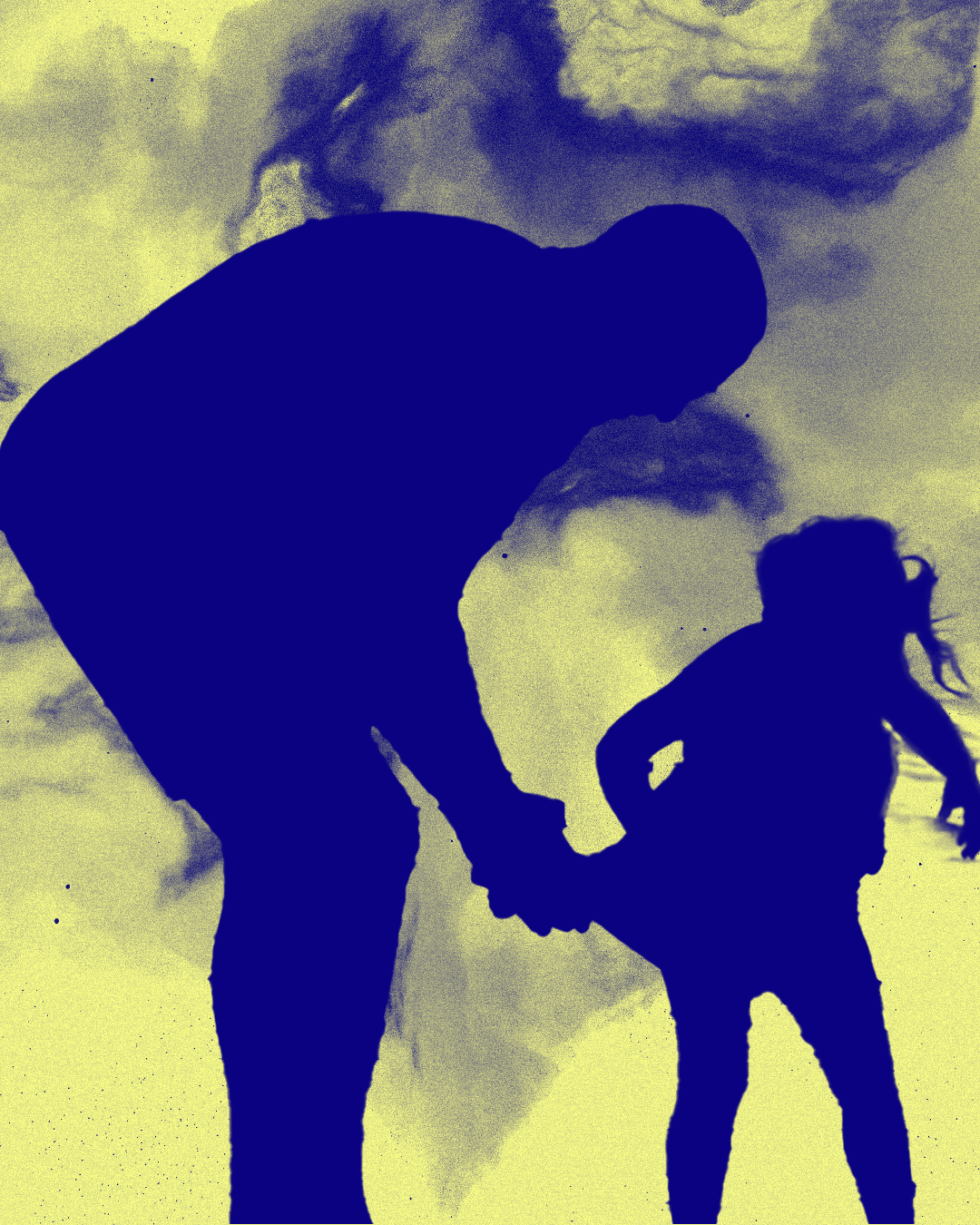Inner child therapy is a therapeutic approach that helps us reconnect with emotions tied to past experiences we registered as traumatic. It creates a safe internal space where we can begin to step out of survival mode — the same mode that once forced us to freeze overwhelming emotions that were too intense to face alone, without support or an empathetic witness.
As Resmaa Menakem explains in My Grandmother’s Hands, trauma lives in the body. He writes:
“Trauma always happens in the body. It is a spontaneous protective mechanism that our body uses to stop or prevent potential damage. What our body cares about most are safety and survival. When something happens to the body that’s too much, too fast, too soon it overwhelms the body and can cause trauma. Trauma is not a flaw or a weakness. It is a highly effective tool of safety and survival. Trauma is not an event. Trauma is the body’s protective response to an event that it perceives as potentially dangerous.”
Each time in our lives when we had to suppress feelings like sadness, anger, frustration, injustice, loneliness, shame, or fear, we added to a snowball of unprocessed emotion we now carry. When any emotion surface for us in the present, we often suppress them again — distract, numb, or disconnect from them. That’s because feeling even a little sadness now might tap into the whole frozen snowball beneath it.
But here’s the catch: the place in our body that feels sadness is the same place that feels joy. If we’ve cut off access to one, we’ve likely dulled access to the other. Emotions when suppressed don’t disappear — they are currents of energy that couldn’t complete their natural flow through expression. That energy remains dormant within us, awaiting to be validated. Emotions long to be honoured, they are messages that long to be received.
Imagine your body as a vast ocean. Emotions are waves. Suppressed emotions are waves that rose — but never came down. Over time, they collect into something much more powerful: a tsunami. And unlike a wave, a tsunami feels threatening.
To avoid being overwhelmed by this tsunami, we build a dam. But maintaining that dam takes enormous energy. The cost of keeping it all inside is exhaustion, anxiety, disconnection, and burnout. Emotions are not enemies — they are messages from the body, calling for the release of tension and the restoration of balance.
I once heard an analogy that beautifully illustrates this:
Imagine a flower growing in a field, naturally reaching toward the sky. When the wind blows, the flower bends. And when the wind passes, it springs back to center. It doesn’t resist the movement — it simply returns to equilibrium.
We are meant to function the same way.
In a safe environment, a child’s body responds naturally to experiences. But in an unsafe environment, a child begins to suppress their natural emotional responses, especially if those responses upset their caregivers. That suppression might be shaped by disapproval, emotional withdrawal, or punishment. A child who is allowed to cry after a fall processes fear and shock. But if she’s told to stop crying, she freezes those emotions instead.
In the animal world, trauma is discharged through involuntary shaking. That release prevents trauma from embedding in the body. We humans, on the other hand, often don’t allow that process — especially when we don’t feel safe.
The breath is a nice metaphor for how emotions are meant to move. We don’t hold on to our breath. We breathe in, we breathe out. We feel, we release.
But when we haven’t had the space to process, we carry trapped emotional waves into adulthood. Walking around in constant state of in-breath.
I often imagine that tsunami behind the dam as sewage. Not pretty. Anger becomes rage. Sadness becomes despair. And when we’re constantly holding it all back, it becomes nearly impossible to meet life’s challenges — like the illness of a loved one, the end of a relationship, or the loss of a job — with presence and resilience.
Why? Because we’re not just facing the present — we’re carrying the weight of our past too:
- Fear from being unsupported as a child.
- Anger from having to grow up too soon.
- Grief over a childhood lost to stress and instability.
- Pain from not being nurtured, seen, or held unconditionally.
Unhealed trauma means our present relationships often trigger us — pulling us back emotionally to unresolved pain. The more emotionally charged a situation is, the more intense our reaction tends to be.
And often, we don’t even realize it. If we lack clear memories of what happened, we might not understand why we react the way we do. But our reaction is not to the now — it’s to the then.
When we don’t process these responses, we carry hidden parts of ourselves that remain stuck in time. The body still wants to act — still believes it needs to protect itself from the threat it never got to escape.
As children, when the threat came from those meant to protect us, we couldn’t fight or flee. Those options felt too dangerous. So we did the only thing we could: we froze. We silenced our joy, our playfulness, our spontaneity, our truth — any part of us that might trigger rejection or punishment. We moulded ourselves to receive love and approval, even if it meant sacrificing our true self.
When love comes with conditions, we begin to lose connection to who we really are. This is the root of our woundedness.
